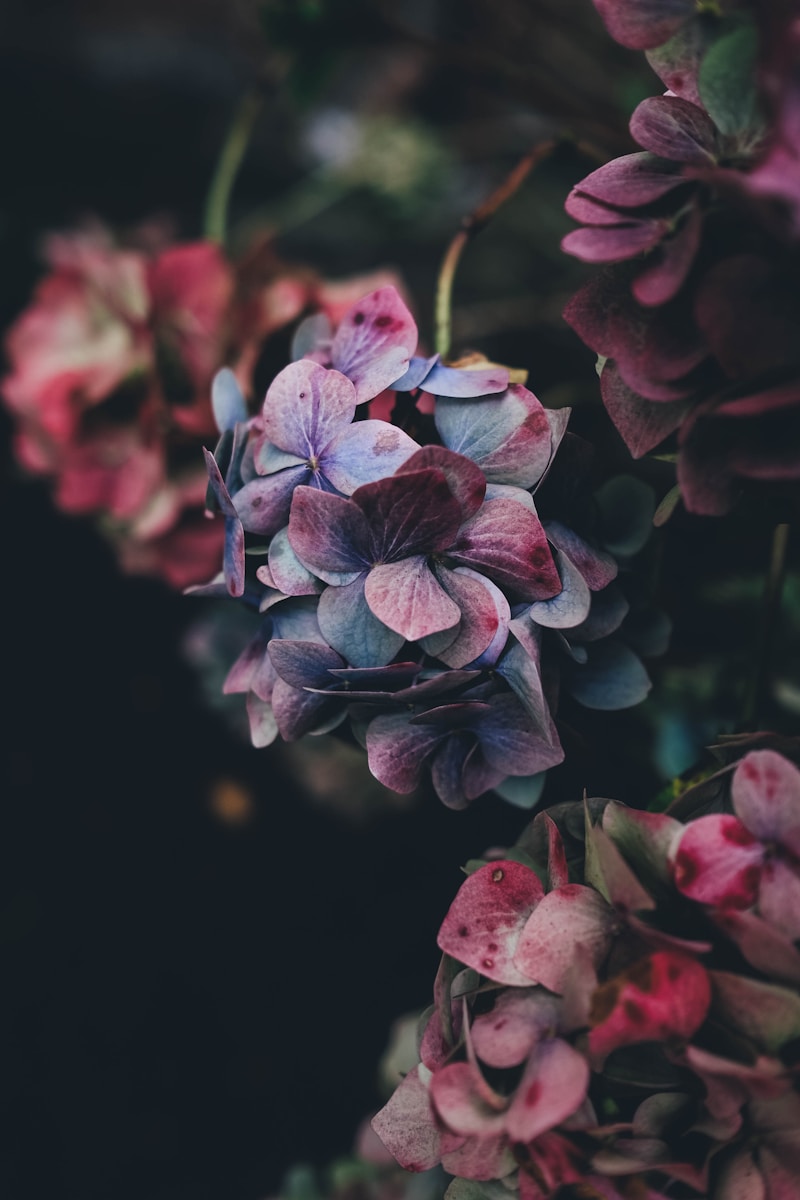The Symbolism of Flowers in Crowns: A Deep Dive
Understanding the Rich Symbolism of Flowers in Crowns
Flowers have held a significant place in human culture across centuries, serving various purposes from decoration to expression of feelings. One of the most profound representations of flowers is seen in crowns, which have been worn by royalty, brides, and celebrants throughout history. In this article, we explore the symbolism of flowers in crowns, the meanings behind different flowers, and how they convey emotions and messages.
The Historical Context of Flower Crowns
The tradition of wearing flower crowns dates back to ancient civilizations. In cultures such as the Greeks and Romans, flower crowns were integral to rituals, celebrations, and even warfare. The Greeks used laurel crowns as symbols of victory and honor, often awarded to athletes and poets. This theme of floral representation carries over into modern practices, reinforcing the idea that flowers can transcend mere aesthetics and play a significant role in cultural identity.
Modern Usage of Flower Crowns
Today, the symbolism of flowers in crowns persists in various settings, particularly in weddings and festivals. Brides often wear floral crowns as a representation of beauty, fertility, and love. Festivals, such as the Summer Solstice celebrations in Scandinavia, feature flower crowns as a way to honor the earth’s bounty. But what do the specific flowers in these crowns symbolize?
| Flower | Symbolism |
| Roses | Love, passion, and devotion |
| Chrysanthemums | Truth and loyalty |
| Lilies | Purity and refined beauty |
| Daisies | Innocence and simplicity |
| Sunflowers | Adoration and loyalty |
Exploring Flower Symbolism in Depth
Each flower carries its own meaning, which can be traced back through historical and cultural contexts. Let’s delve into some core flowers commonly used in crowns:
1. Roses
Roses are perhaps the most recognized flowers globally and are often featured in flower crowns. Their symbolism is vast, representing love and passion, but the color of the rose also brings additional meaning. Red roses signify true love, white roses embody purity and innocence, while yellow roses hint at friendship and joy.
2. Chrysanthemums
Known as “mums”, these flowers signify loyalty and truth. In many cultures, particularly in Asia, chrysanthemums are regarded as a symbol of honor and integrity. Their presence in a crown may denote profound respect, making them a popular choice in commemorative ceremonies.
3. Lilies
Lilies convey purity and refined beauty. They are often associated with resurrection and renewal, offering a message of hope and new beginnings. This makes them prevalent in weddings, symbolizing the pure union between partners.
4. Daisies
Daisies symbolize innocence and simplicity. They are a perfect representation of childlike joy and purity, making them a common choice in crowns for young girls or brides seeking a whimsical touch for their special day.
5. Sunflowers
Sunflowers convey adoration and loyalty, often brightening any floral crown. Their large yellow petals reflect the sun, symbolizing happiness and warmth, making them ideal for celebrations of love and friendship.

Making Your Own Flower Crown
Creating your own flower crown can be an exciting and meaningful project. Here’s a simple guide to making a flower crown that embodies the symbolism you desire:
Materials Needed:- Fresh or dried flowers (choose based on your desired symbolism)
- Floral wire
- Floral tape
- Scissors
- Greenery (eucalyptus, ferns, etc.)
- A light headband or base
- Measure the floral wire around your head to determine the correct size.
- Cut the wire accordingly and fasten it into a loop.
- Begin attaching the greenery first, wrapping it around the wire with floral tape.
- Next, add the flowers, arranging them in a way that pleases your eye.
- Secure each flower in place with tape and ensure stability.
- Finish by adding any desired embellishments, such as ribbons or beads.
Summary and Final Tips
In conclusion, the symbolism of flowers in crowns goes beyond aesthetic appeal; it embodies profound emotions, cultural significance, and personal expressions. From weddings celebrating love to festivals honoring nature, the meanings behind each flower enhance the experience and connection to these beautiful adornments. When creating a flower crown, consider the symbolism of the flowers you choose to convey your intended message. Remember that the beauty lies not only in the flowers themselves but also in the sentiments they represent.
Lastly, when making or choosing flower crowns, contemplate the occasion’s context, your personal style, and the message you wish to impart. With a simple bouquet that adorns your head, you can elegantly express timeless emotions through the lovely symbolism of flowers.